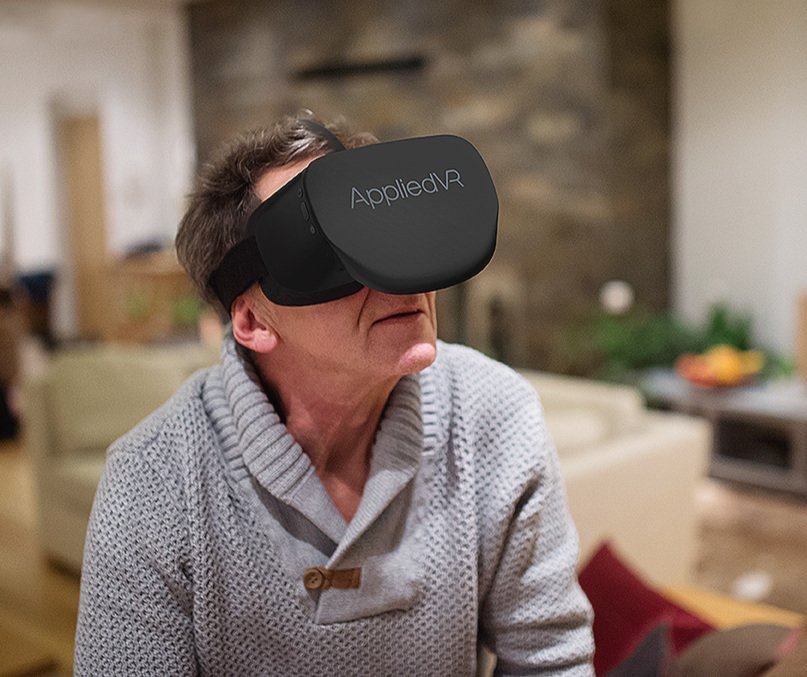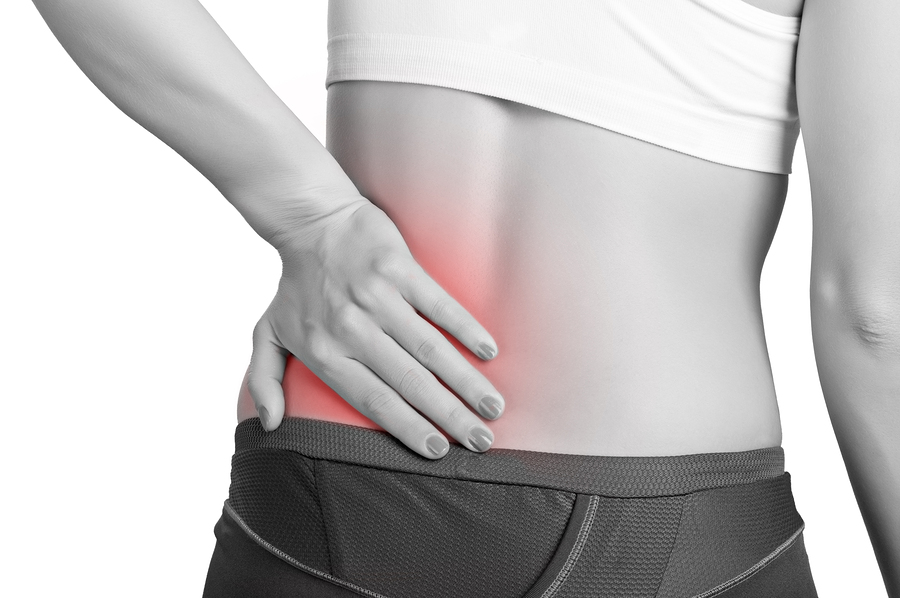FDA Approves First Virtual Reality Device for Chronic Low Back Pain
/By Pat Anson, PNN Editor
The U.S. Food and Drug Administration has authorized the marketing of the first home-based virtual reality (VR) device for the treatment of chronic lower back pain in adults.
The EaseVRx headset uses guided VR programs to help patients relax, meditate and distract themselves from their pain, using the principles of cognitive behavioral therapy (CBT). The device is made by AppliedVR, a Los Angeles-based company that is developing therapeutic VR programs to help treat pain and other conditions.
"Millions of adults in the United States are living with chronic lower back pain that can affect multiple aspects of their daily life," Christopher Loftus, MD, acting director of the FDA’s Office of Neurological and Physical Medicine Devices, said in a statement. “Today's authorization offers a treatment option for pain reduction that does not include opioid pain medications when used alongside other treatment methods for chronic lower back pain."
Chronic lower back pain is defined as moderate to severe pain in the lower back lasting longer than three months. It is one of the most common chronic pain conditions and a leading cause of disability.
The FDA’s marketing approval is based a clinical study of 179 participants with chronic lower back pain. Half were given an EaseVRx headset to watch immersive 3-D programs daily for 8 weeks. The other half also used the headset, but only watched routine nature scenes as a sham treatment.
APPLIEDVR IMAGE
At the end of treatment, 66% of those who watched VR programs reported at least a 30% reduction in pain, compared to 41% of participants in the sham control group.
Nearly half of those in the EaseVRx group reported at least a 50% reduction in lower back pain.
No serious adverse events were reported during the study. About 20% of participants reported discomfort with the headset and nearly 10% reported motion sickness and nausea.
EaseVRx was given a Breakthrough Device Designation by the FDA in 2020 for treating fibromyalgia and chronic lower back pain. The designation speeds up the development and review of new medical devices.
Marketing approval of EaseVRx – known as a "De Novo pre-market review" – creates a new regulatory classification for VR devices. It clears the way for similar devices with the same intended use to obtain marketing authorization – a significant development for the fledgling virtual reality industry.
"We worked tirelessly over the past few years to build an unmatched body of clinical evidence that demonstrates the power of VR for the treatment of pain, and couldn't be more thrilled to achieve this important milestone," said Josh Sackman, AppliedVR’s co-founder and president. "But, our mission does not stop with this one approval. We're committed to continuing research that validates our efficacy and cost-effectiveness for treating chronic pain and other indications."
EaseVRx will only be available by prescription. Its software programs immerse users in a “virtual” environment where they can swim with dolphins, play games or enjoy beautiful scenery. The content also incorporates biopsychosocial pain education, diaphragmatic breathing, mindfulness, and relaxation exercises.
AppliedVR headsets are already being used for pain management in over 200 hospitals and healthcare systems. A company spokesman told PNN that EaseVRx will be available on a limited basis through select providers toward the middle of 2022, with a full commercial launch expected in 2023. AppliedVR's is currently building a distribution network and working with insurers -- Medicare, Medicaid and commercial -- to establish reimbursement levels. No pricing plans have been announced for its VR headset or programs.














